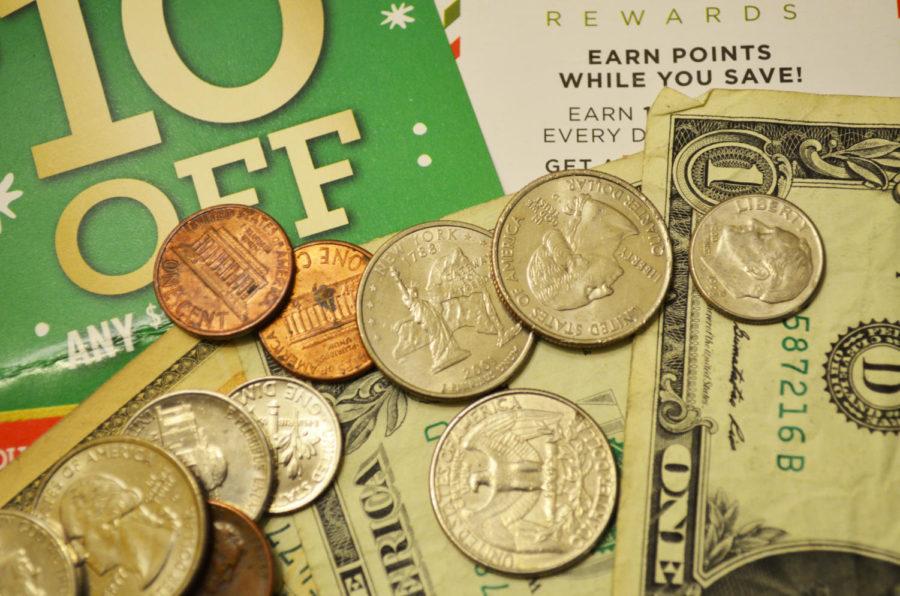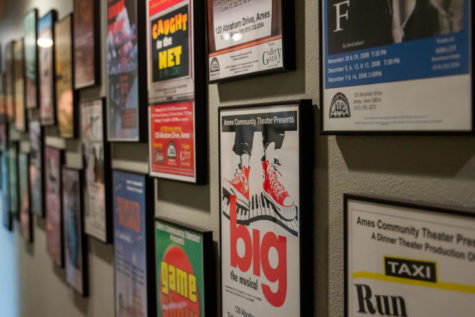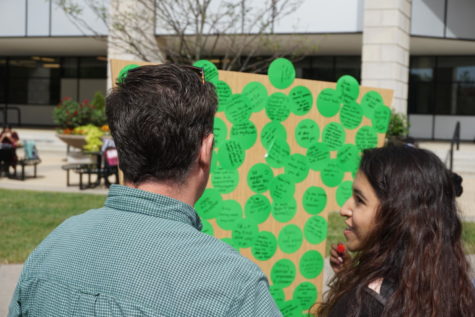College life on a budget
Katy Klopfenstein/Iowa State Dai
Tips for saving this season that will help your budget stay low and your pockets stay full. Nov 18th 2014.
August 3, 2015
College life is expensive. The cost of tuition and fees, room and board, books and supplies, personal expenses and transportation adds a burden to students’ bank accounts.
studentaid.ed.gov provides seven steps for how students can set up and manage a budget:
Determine a time span for your budget
Students can budget for a month, academic year or calendar year. studentaid.ed.gov recommends incorporating large expenses into budgets, such as car insurance or a trip home during the holidays.
Choose a tool to help you manage your budget
Tools available to students for managing a budget include pen and paper, an automated spreadsheet or budgeting app.
Review your monthly income
Students should estimate how much money they will receive each month. This includes pay from work, money from family members and financial aid.
Identify and categorize your expenses
Students should record everything they spend money on in a month. Then, they should gather bank records and credit card statements. Students should also include all college costs.
Once students record all their expenses, studentaid.ed.gov recommends grouping the expenses into two categories — fixed expenses and varied expenses.
Fixed expenses – Fixed expenses stay about the same each month.
Varied expenses – Varied expenses are flexible and vary month to month.
Save for emergencies
studentaid.ed.gov recommends that students pay themselves first every month. Money in savings will help pay for emergency costs or unexpected expenses.
Balance your budget
Once students have their monthly income and monthly expenses mapped out, they can subtract their expenses from their income to calculate the difference. Students with a positive balance are encouraged to put that extra money in savings.
Students with a negative balance should find ways to spend less money. This may mean eating out less frequently, renting books instead of buying them and making a list of only necessities when grocery shopping.
Maintain and update your budget
studentaid.ed.gov offers two steps for maintaining and updating a budget — review the budget on a monthly basis and forgive for small spending mistakes and get back on track.

















